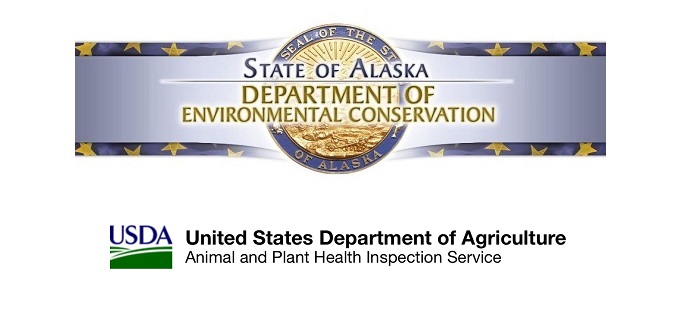The poultry industry in the US has been alerted to the renewed risk of exposure to Highly Pathogenic Avian Influenza Virus (HPAI) H5H2 after the strain was confirmed in a wild mallard duck, found near Fairbanks in the far north of Alaska.
Poultry keepers, both commercial and backyard, have been warned that the genetic analysis of the confirmed virus shows a mixture of Eurasian and North American viruses and is 99% similar to the HPAI virus found in Washington State in the winter of 2014 and the outbreak in the US Midwest in 2015.
Since the initial outbreak of HPAI in Asia and Europe in 2005, Alaska’s office of state veterinarian (OSV) has carried out surveillance testing for backyard poultry farms and at agricultural fairs and has also conducted outreach efforts to emphasize the need for protecting both humans and animals against avian influenza and other diseases.
The latest discovery has significantly raised concerns, however.
“This finding of HPAI in wild birds underscores the need for poultry owners to review their flock plans and take steps to reduce the risk of introducing avian influenza to their birds,” said Alaska State Veterinarian, Dr Robert Gerlach.
The OSV also commented that it will continue poultry surveillance testing at the state’s agricultural fairs and will be working with partners to investigate any reports of sick birds.
In addition, since wild birds from Alaska migrate south into all major flyways across North America, the US Department of Agriculture (USDA) has said it will inform Canadian and Mexican authorities and increase surveillance efforts across 48 US states.


